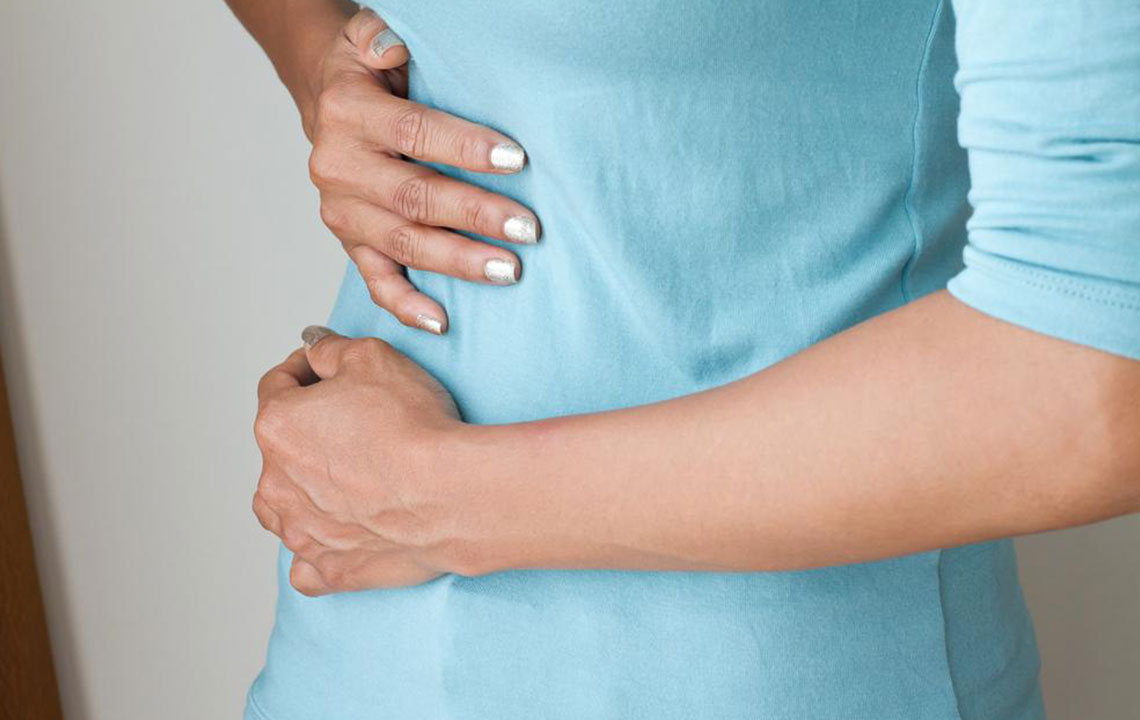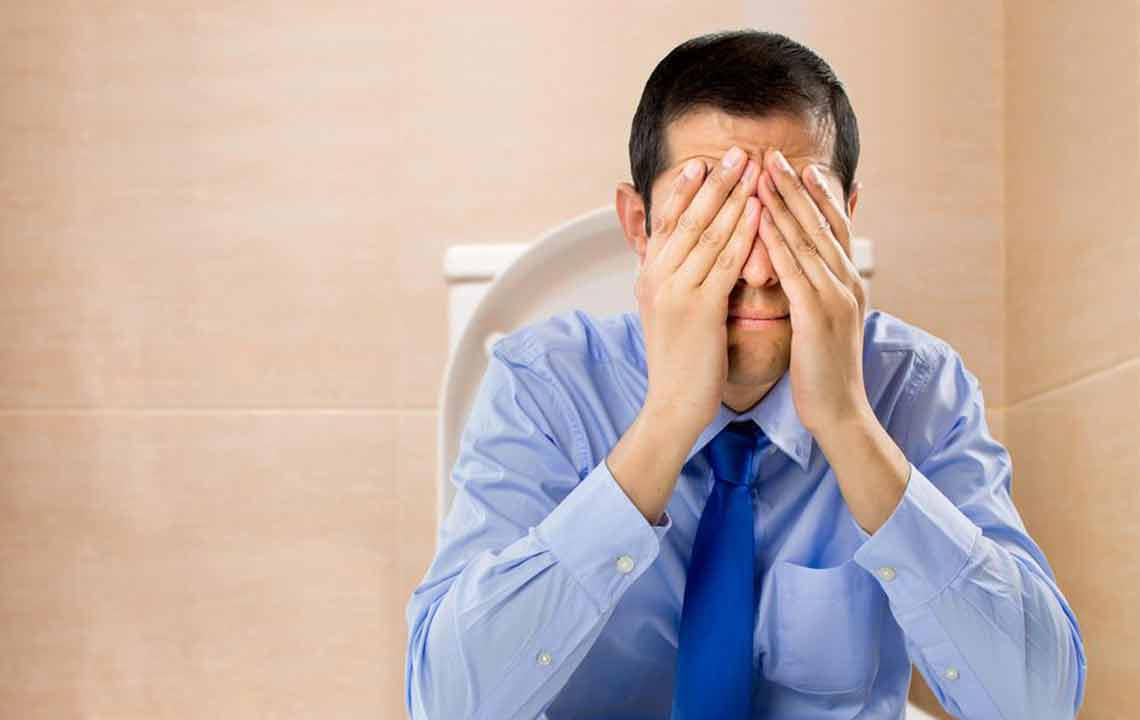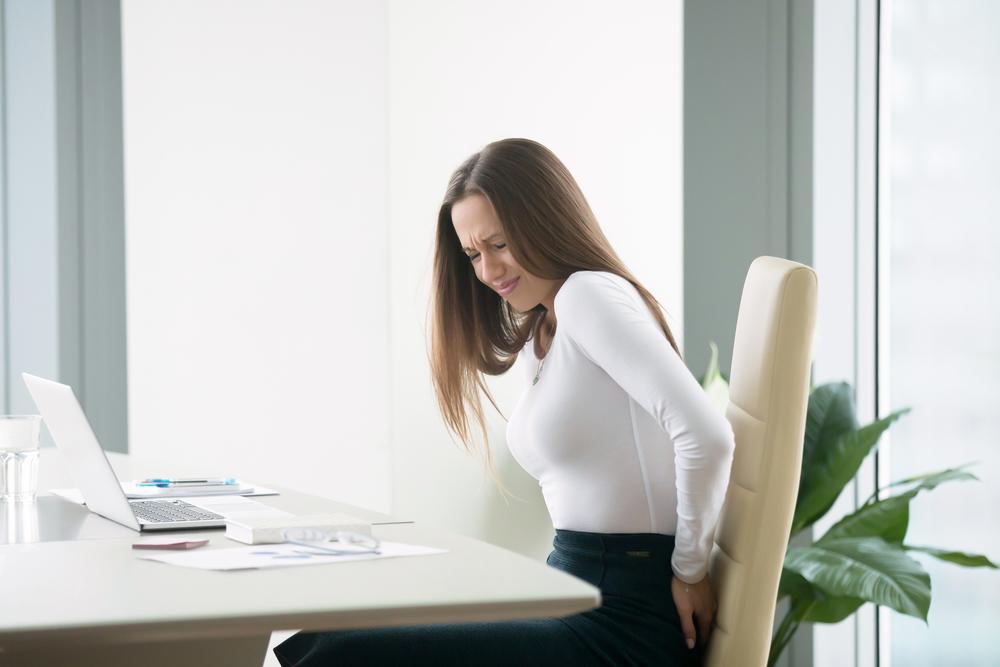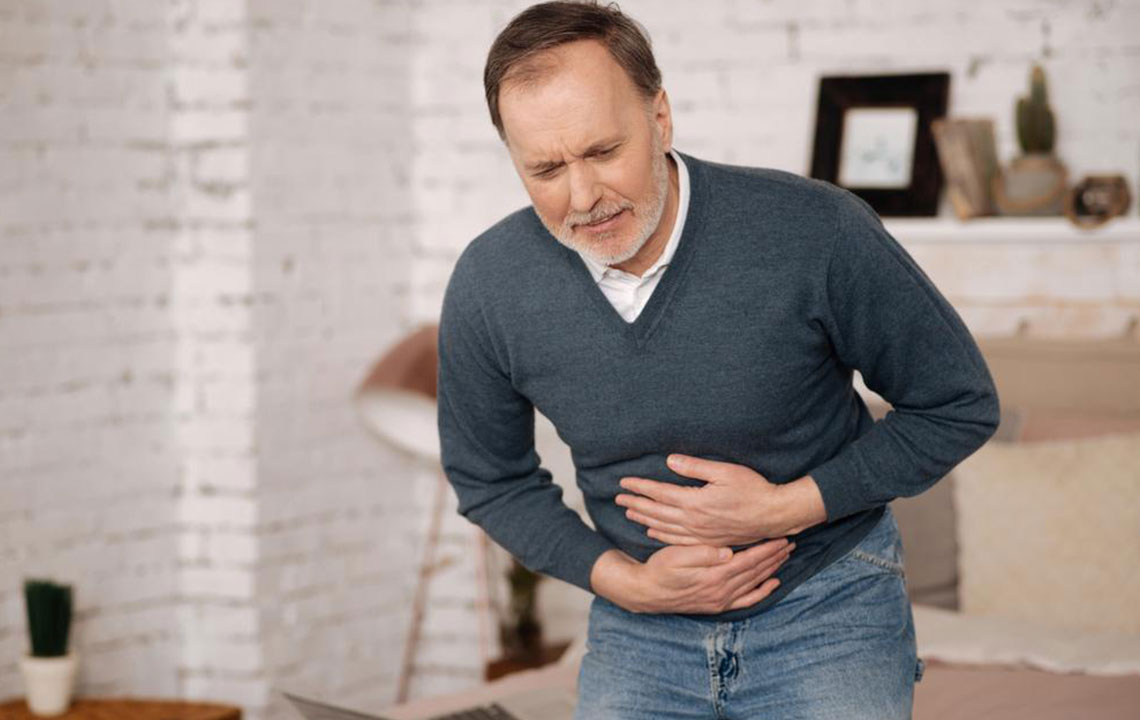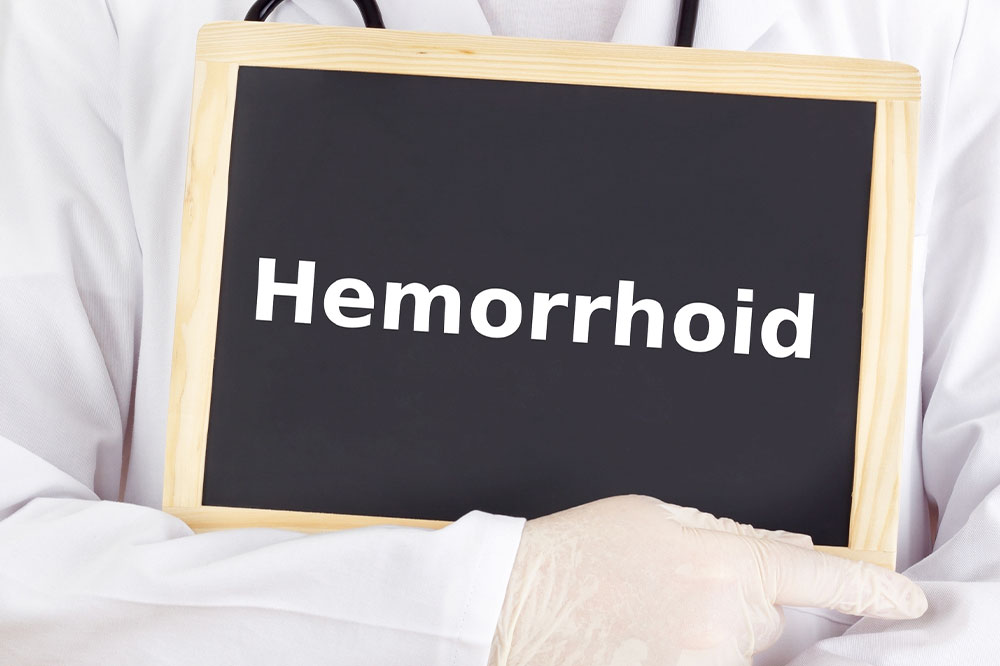Comprehensive Guide to Hemorrhoids: Symptoms, Causes, and Proven Treatment Options
Hemorrhoids are swollen veins in the anal and rectal areas that cause discomfort, bleeding, and lumps. This comprehensive guide explains the symptoms, causes, and various treatment options, including home remedies and medical procedures. Early diagnosis and lifestyle modifications are key to effective management. Learn how to prevent and alleviate hemorrhoid symptoms with proven strategies, and when to seek professional medical care for persistent issues. This article offers valuable insights for anyone looking to understand and treat hemorrhoids effectively.
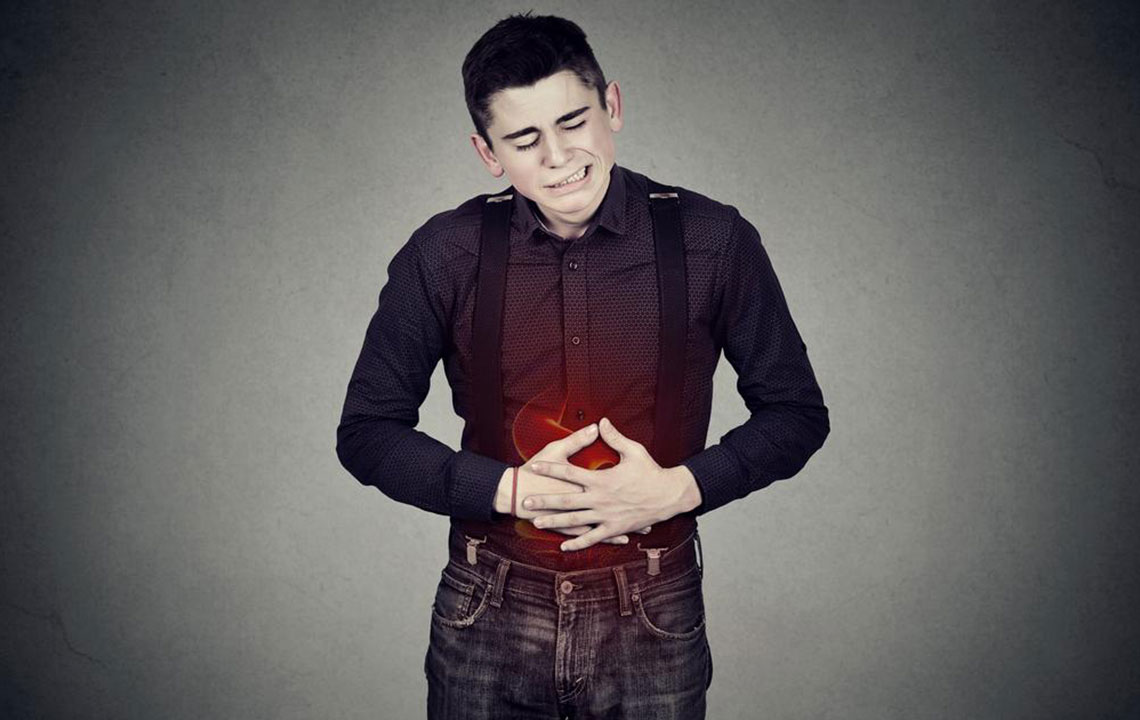
Comprehensive Guide to Hemorrhoids: Symptoms, Causes, and Proven Treatment Options
Hemorrhoids are enlarged, swollen veins situated in the lower part of the anus and rectum. These swollen vessels can form distinctive lumps, which are often visible or felt around the anal opening. Commonly referred to as piles, hemorrhoids are a prevalent condition that can significantly impact daily life due to discomfort and pain. Although frequently misunderstood, hemorrhoids are a medical issue that requires proper diagnosis and management. They are associated with symptoms such as anal itching, bleeding during bowel movements, a feeling of incomplete evacuation, and sensitive lumps or protrusions near the anus. Understanding the underlying causes, recognizing the symptoms early, and knowing the most effective treatment options are essential for anyone suffering from this condition.

Recognizing the signs of hemorrhoids is crucial for timely treatment and managing symptoms effectively. If you notice bleeding during bowel movements or see blood on toilet paper, it could be a sign of hemorrhoids, but it is advisable to consult a healthcare professional for accurate diagnosis. Other common symptoms include persistent anal itching, discomfort, or pain during sitting or walking, and the presence of lumps or swelling near the anus that may be sensitive or tender. There are two primary types of hemorrhoids: internal and external. Internal hemorrhoids develop inside the rectum and often go unnoticed until symptoms like bleeding or discomfort emerge. External hemorrhoids, on the other hand, appear outside the anus as swollen, visible lumps, which can sometimes cause more discomfort or pain, especially if they develop blood clots.
Presence of blood in stool or on toilet paper is a key symptom. Seek medical attention if you observe bleeding to rule out other conditions and to receive appropriate treatment.
Persistent anal itching and irritation may indicate hemorrhoids and warrants consultation with a healthcare provider.
Experiencing pain during sitting, walking, or bowel movements should prompt further examination to determine if hemorrhoids are the underlying cause.
The appearance of lumps or sensitive swelling near the anal area is a typical sign, especially in external hemorrhoids.
The development of hemorrhoids is often linked to increased pressure in the rectal and anal veins, which can result from various factors. Chronic constipation and straining during bowel movements increase pressure on these veins, as does a diet low in fiber. Obesity, pregnancy, and heavy lifting are significant contributors, as they exacerbate intra-abdominal pressure. Prolonged sitting, especially on the toilet, and increased pressure during physical activities also play a role. Addressing these risk factors is vital for prevention and management.
Prevention begins with lifestyle and dietary modifications. Incorporating high-fiber foods such as fruits, vegetables, whole grains, and legumes into daily meals can soften stools and reduce straining. Staying well-hydrated is equally important. Regular exercise helps maintain healthy bowel function and reduces constipation. For symptomatic relief, over-the-counter topical treatments such as hydrocortisone creams can alleviate itching and inflammation. Sitz baths—soaking the anal area in warm water—are highly effective in soothing discomfort and reducing swelling. Additionally, avoiding prolonged sitting or straining can significantly prevent the aggravation of hemorrhoids.
When conservative measures are insufficient, medical interventions become necessary. Several minimally invasive procedures are effective for managing internal hemorrhoids, including rubber band ligation, which involves placing a tight band around the base of the hemorrhoid to cut off circulation, causing it to shrink and fall off. Sclerotherapy, where a solution is injected into the hemorrhoid tissue to induce shrinkage, is another option. Laser therapy and coagulation techniques using heat or light can also be employed to reduce bleeding and swelling.
In more severe or persistent cases, surgical options such as hemorrhoidectomy—removal of hemorrhoids—or stapling procedures (hemorrhoidopexy) are performed. These procedures are usually considered after all conservative and minimally invasive options have been exhausted. Consulting with a healthcare professional who specializes in colorectal health is essential to determine the most appropriate intervention.
Despite the discomfort caused by hemorrhoids, understanding that these are common and treatable conditions provides reassurance. Proper diagnosis, lifestyle modifications, and appropriate medical treatment can effectively manage symptoms, prevent recurrence, and improve quality of life. Anyone experiencing persistent or severe symptoms should seek medical advice promptly to avoid complications and ensure comprehensive care.
